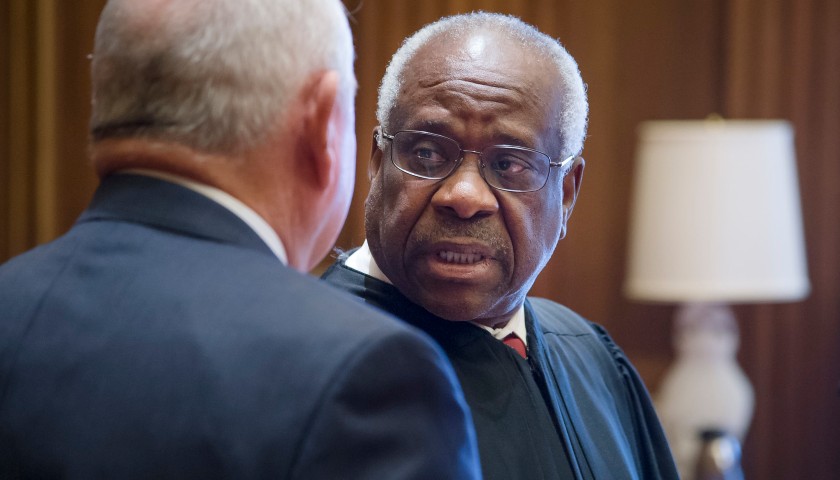by John Hanson
At a symposium hosted by Texas A&M University at Commerce, titled, “What the Truth Sounds Like,” Professor Donna Ford argued that one of the significant problems in education is White females. She also noted that diversity of “skin color” is not enough, considering that she wouldn’t want “Clarence Thomas teaching my damn kids.”
“There is a monopoly on education, where White females being about 85 percent of the teaching force, and then you know pretty much the same thing with white administrators. So White females I’m speaking to you, and I’m saying you’ve got to get your sh- stuff together,” said Ford during her lecture.
She would continue, “But you got to get your stuff together because you know what, you’re the problem, and then you’re the major problem.”
In an interview with Campus Reform, Ford said that she did not mean that “all” or the “majority” of white women fall into the category, “Not all, but I like to use the term far too many, and ten is far too many. We don’t need any racist teachers in education.”
Ford also argued during her lecture that “white fragility” has a problematic role to play in education, saying “too many educational leaders are bystanders, fearful of white fragility, especially afraid to have White women’s tears show up, so they avoid a pedagogy of discomfort, and I believe in the pedagogy of discomfort.”
Ford clarified to Campus Reform that she believes that educators often “tend not to hold White women accountable because of perceived fragility,” adding that people often perceive White women as being unable to “handle feedback and criticism and asking them to make changes,” whereas Black women are perceived as “super strong” and able to “handle anything.”
During her lecture, Ford argued that “when people talk about implicit bias, in my opinion, it lets racists off the hook. Because then they can say, ‘Oh, I’m sorry I didn’t mean it, it wasn’t intentional.’ Yea no, it was damn intentional; you know what you did.” She told Campus Reform that people can know their implicit biases and that the problem is when people choose not to overcome their implicit biases and allow it to become explicit.
She pointed to the teacher in Dallas who put Kyle Rittenhouse, the 17-year-old accused of shooting three protestors at Kenosha, on a list of possible heroes that students could write about. Ford noted that Martin Luther King Jr. and Gandhi were also on the list “but then had the fricken ‘caudasity,’ and that’s a term I coined, ‘caudasity’ not audacity but ‘caudacity’ to put Kyle Rittenhouse on that list. How the hell is he a hero? And if you don’t know who he is, look him up, because I don’t have time to explain that.”
When calling for diversity, Ford said, “We need more diversity among educational professionals. And I don’t mean your skin color, I mean like I don’t want Clarence Thomas teaching my damn kids.”
Ford clarified to Campus Reform her opinions, saying, “Just because a person, an educator is black, does not mean they’re authentically black and have racial pride, and that’s why for example I used Clarence Thomas.”
In her lecture, Ford, called for “more required” training on “equity, diversity, and inclusion”, calling it a “disgrace for any university to not have professionals, students, from all professionals get training in equity, diversity, and inclusion.”
“It needs to be at least 4 classes,” Ford added.
She told Campus Reform that the classes should be focused on teaching all students about the achievements of all races. In colleges, the classes should be focused on the specific major of the student.
“White students need to…see what others are doing in terms of major advancements,” she said.
– – –
John Hanson is an Oklahoma Campus Correspondent with Campus Reform. He is a junior at Oklahoma Wesleyan University, studying Accounting and Political Science/History. He is the Treasurer of the College Republicans as well as an active member of his local pro-life club. John is a Fall 2020 Intern with Campus Reform.
Photo “Clarence Thomas” by U.S. Dept. of Agriculture.




